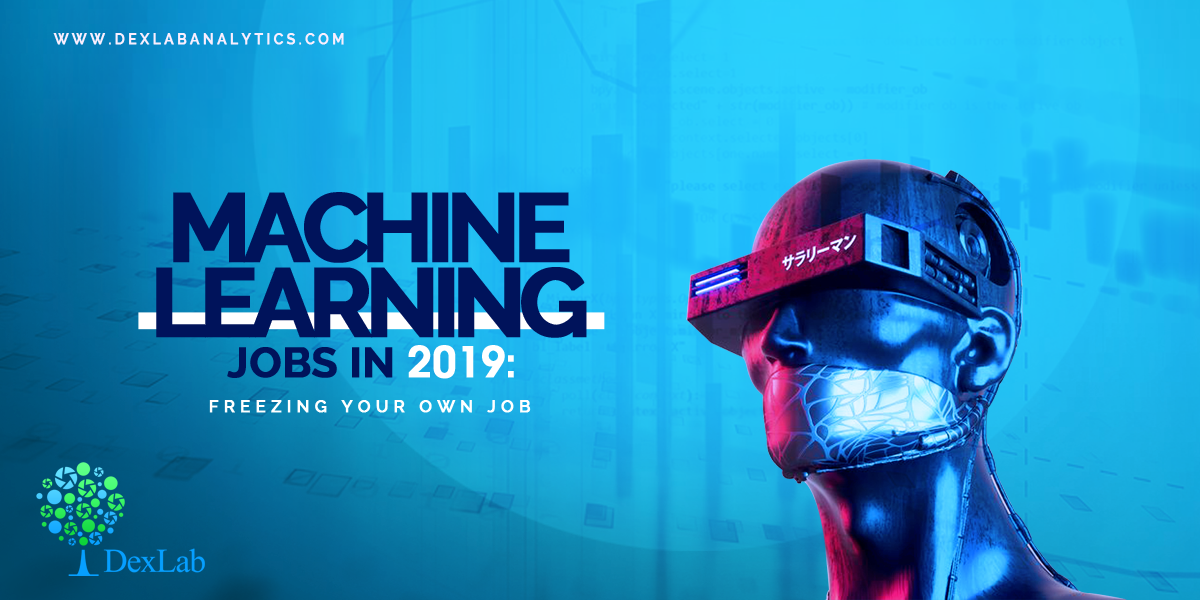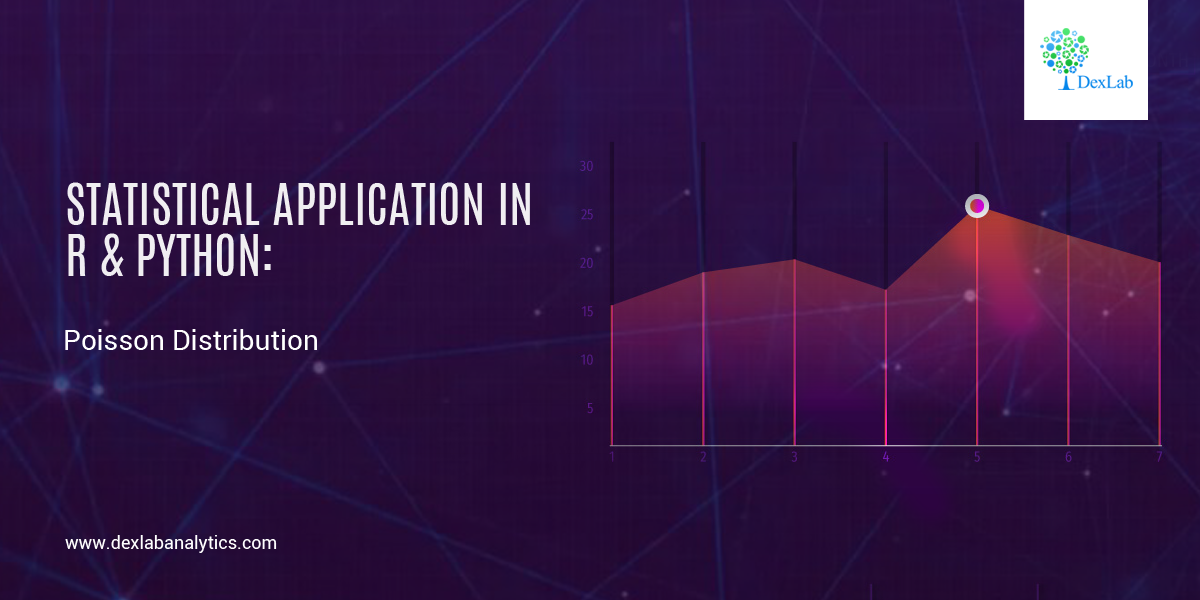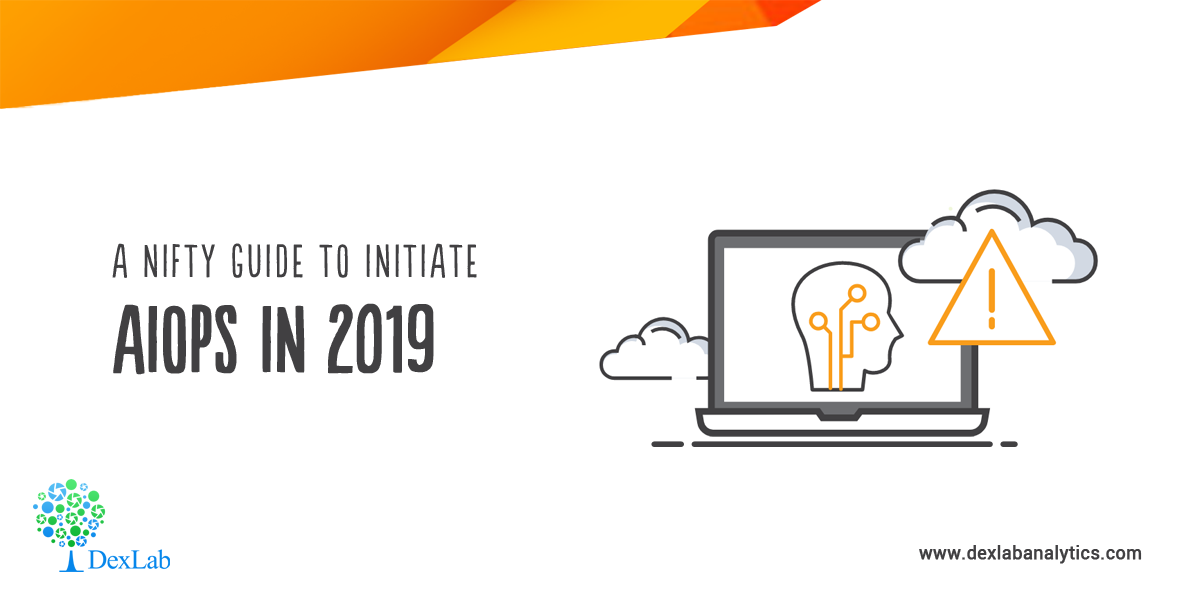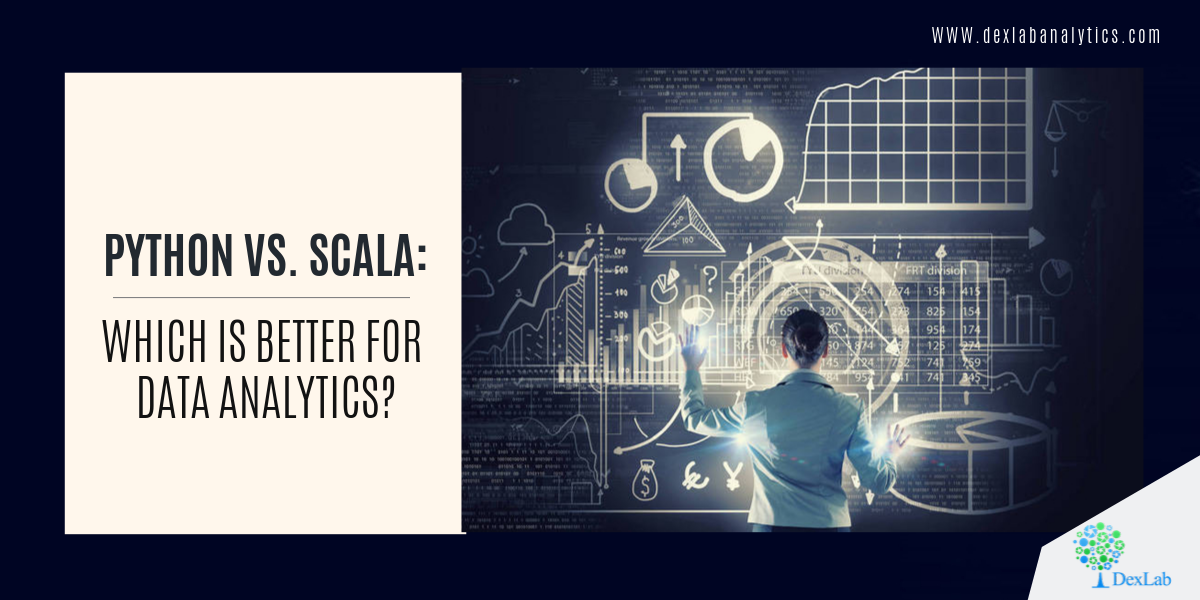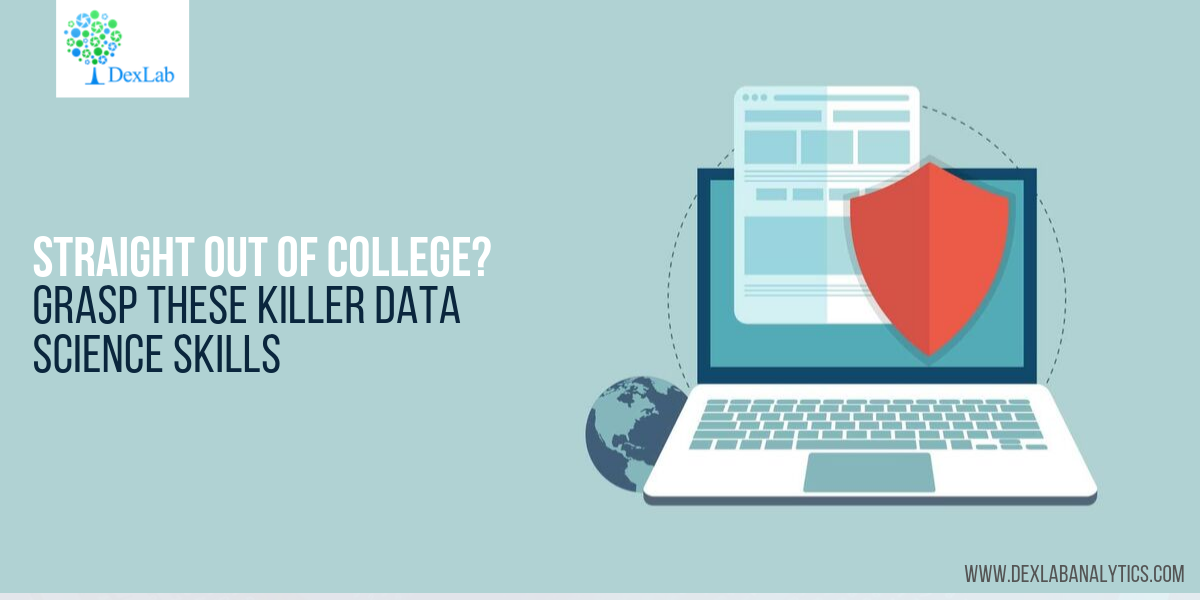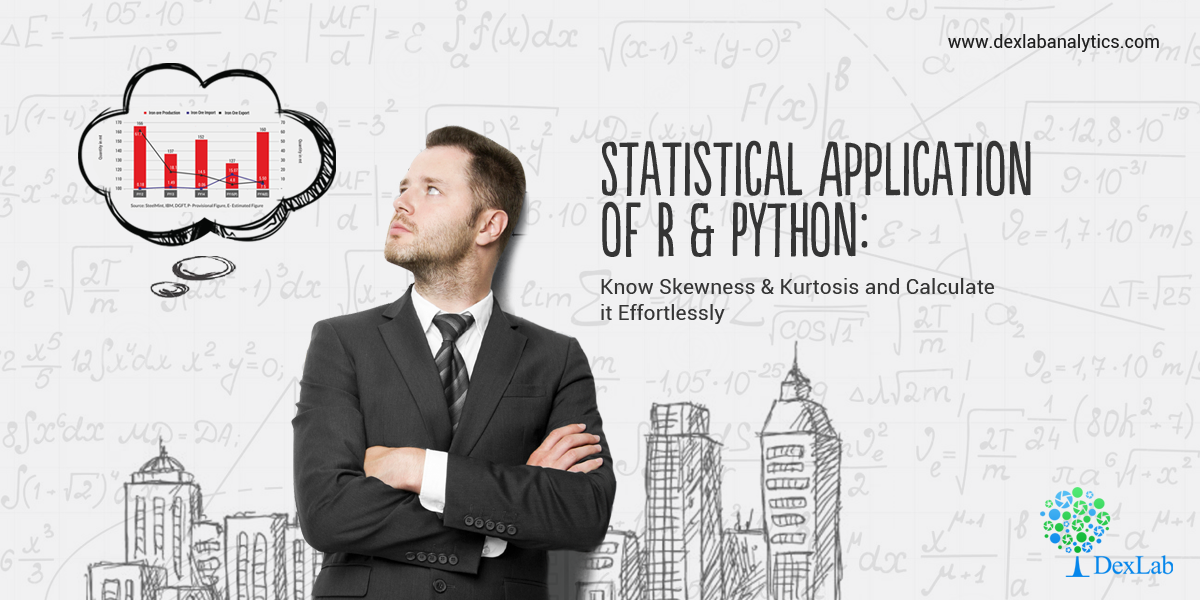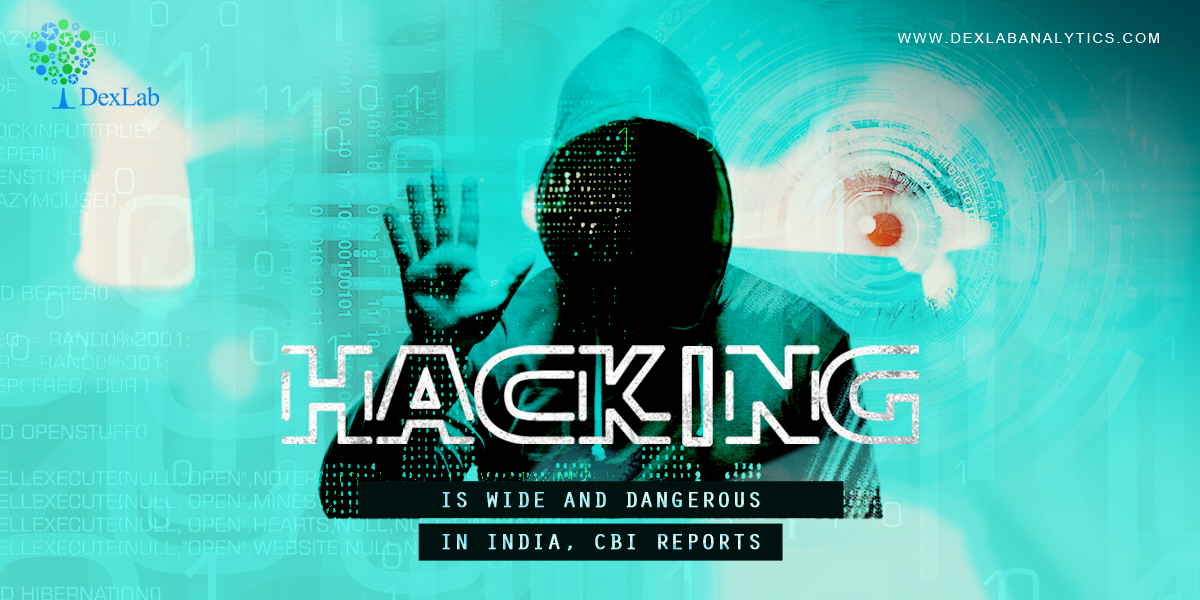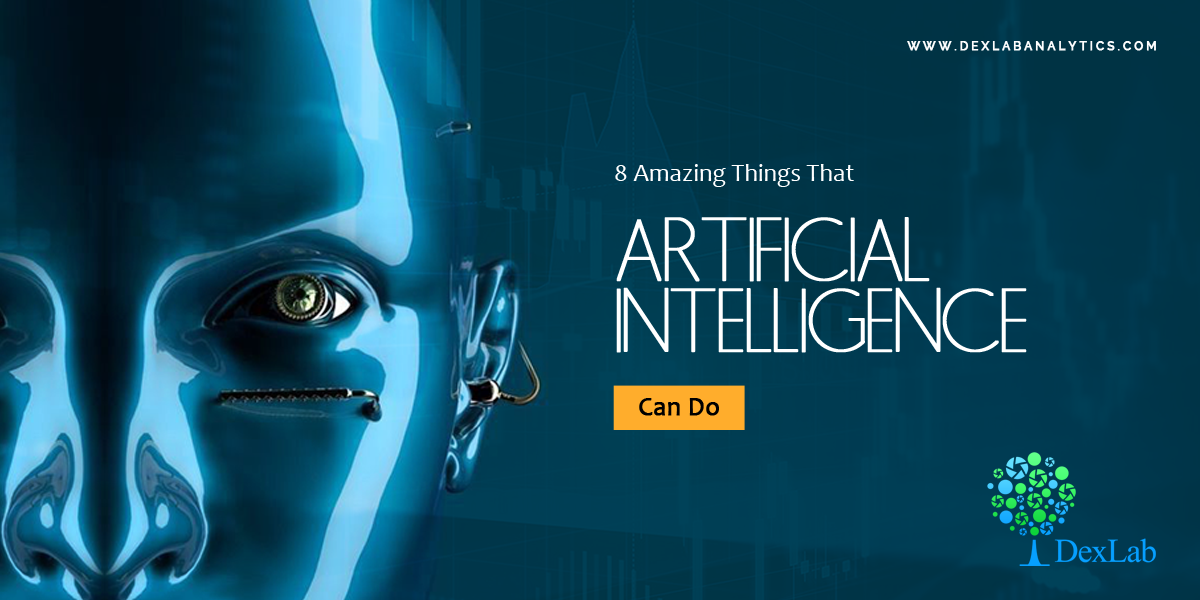
AI plays a crucial role in our everyday lives. By now, we are aware of AI’s glaring significance in our very existence. Nevertheless, you would be surprised to know that AI has already imbibed some of the skills that we, humans, possess. Ahead, we’ve 8 incredible skills that AI has learnt over the years:
Read
Wondering how to summarize all those kilobytes of information? AI-powered SummarizeBot is the answer. Whether its books, news articles, weblinks, audio/image files or legal documents, ATS (automatic text summarization) reads everything and records the important information. Natural Language Processing (NLP), artificial intelligence, machine learning and blockchain technologies are in play here.
Write
Did you know that myriad news enterprises and seasoned journalists rely on AI to write? The New York Times, Reuters, Washington Post and more have turned to artificial intelligence to craft interesting reading pieces. Also, AI is expected to enhance the process of creative writing as well. Even, it has generated a novel that was shortlisted for a prestigious award.
See
Machine vision is in the hype. It is implemented in different ways in today’s world, such as facilitating self-driven cars, facial recognition for payment portals, police work and more. The main concept of machine vision is to let the computers ‘visualize’ the world, analyze key data and make decisions thereafter.
Speak
We are fortunate enough to have Google Maps and Alexa to give us directions and respond to our queries but Google Duplex takes it to a whole new level, courtesy AI. With the help of this robust technology, Duplex can schedule appointments and finish tasks on phone in a very interactive language. It can also respond perfectly to human behaviors.
Hear and Understand
Detecting gunshots and alerting to-the-purpose agencies is one of the greatest things achieved by AI. It means AI can hear and understand sound. It is very well evident in how digital voice assistants respond to your queries regarding weather or a day’s agenda. Working professionals simply love the efficiency, accuracy and convenience of automated meeting minutes provided by AI.
Touch
With the help of cameras and sensors, a robot can identify and handpick ‘supermarket ripe’ blueberries and put them in your basket. The creator of the robot even asserts that it is designed to pick one blueberry every 10 seconds for 24 hours a day!
Smell
A team of AI researchers are at present developing robust AI models that can detect illnesses – simply by smelling. The model is designed in such a way so that it can notice chemicals, known as aldehydes that cause human stress and diseases, including diabetes, cancer and brain injuries. AI bots can even identify other caustic chemicals or gas leaks. Of late, IBM is using AI to formulate new perfumes.
Perceive Emotions
Today, AI tools can observe human emotions and track them down as one watches videos. Artificial emotional intelligence can collect meaningful data from a person’s facial expressions or body language, analyze it to determine what emotion he/she is likely to express and then ascertain an action base on that detail.
For more such interesting updates, follow DexLab Analytics. Our Machine Learning Using Python course is a bestseller. To know more, click here <www.dexlabanalytics.com>
This post originally appeared on – www.forbes.com/sites/bernardmarr/2019/11/11/13-mind-blowing-things-artificial-intelligence-can-already-do-today/#2777e5ec6502
Interested in a career in Data Analyst?
To learn more about Data Analyst with Advanced excel course – Enrol Now.
To learn more about Data Analyst with R Course – Enrol Now.
To learn more about Big Data Course – Enrol Now.To learn more about Machine Learning Using Python and Spark – Enrol Now.
To learn more about Data Analyst with SAS Course – Enrol Now.
To learn more about Data Analyst with Apache Spark Course – Enrol Now.
To learn more about Data Analyst with Market Risk Analytics and Modelling Course – Enrol Now.


